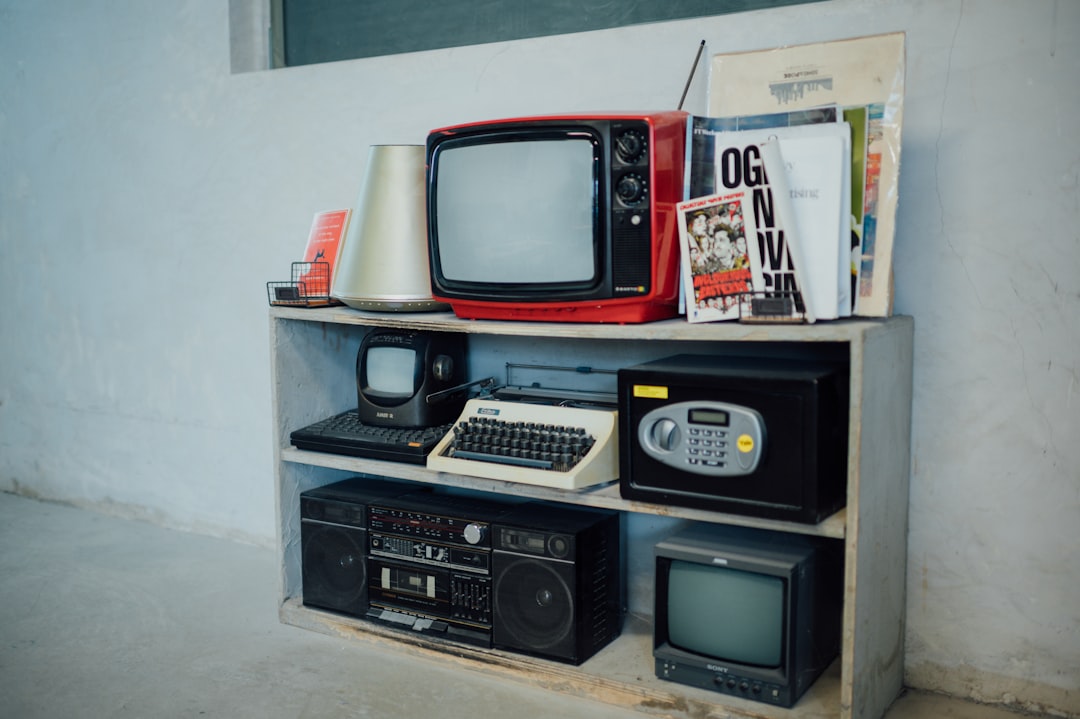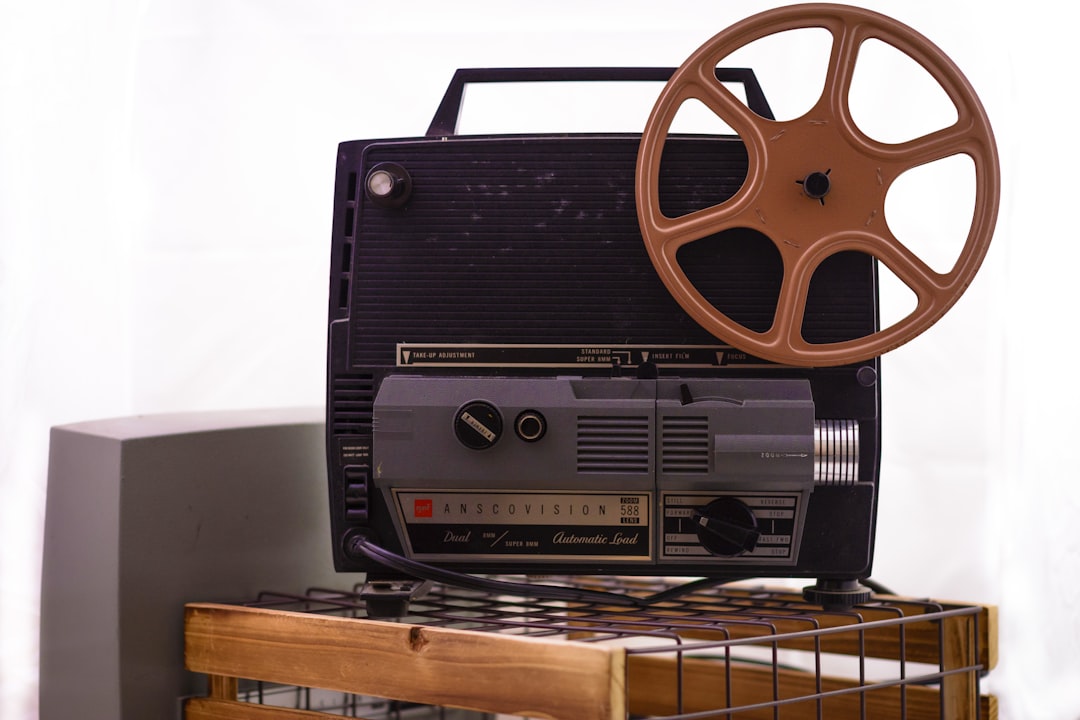When the Toshiba SD-4700 DVD player hit the market, it garnered attention for its excellent picture quality, sleek design, and unique ability to double as a high-end audio player thanks to its DVD-Audio capabilities. Fast-forward to the current digital age, where streaming services dominate and physical media is considered niche—many would ask, is this once-popular DVD player still worth buying today?
For collectors, tech enthusiasts, or those looking for an affordable and reliable media player for older TVs or archived DVDs, the answer may surprise you. Let’s dive into a comprehensive review to find out if the Toshiba SD-4700 still holds up in 2024.
Design and Build Quality
The Toshiba SD-4700 sports a classic silver brushed-metal look that stands out even years after its release. Its minimalist front panel is easy to navigate, with a clear LED display and well-labeled buttons. The overall build is sturdy, reflecting the era when electronics were made to last. Weighing in at over 7 pounds, it has a solid, high-quality feel that you don’t often find in modern ultra-light units.

This player is fairly bulky compared to modern devices, but for those who appreciate a vintage aesthetic and don’t mind the extra space, it fits well into retro or dedicated media setups.
Performance and Picture Quality
The SD-4700 offers excellent playback quality with support for 480p progressive scan output, which was advanced for its time. When paired with a CRT or early flat-screen TV, the player delivers crisp and vibrant playback that competes well with other DVD players of that era.
While it cannot match 4K streaming or Blu-ray resolution, when used with standard DVDs, the picture clarity is impressive. Color reproduction is accurate, and black levels are surprisingly deep for a device of its age. The progressive scan output makes motion smoother, especially beneficial for action-packed or fast-moving scenes.
Audio Capabilities
Where the SD-4700 really shines is in the audio department. Often overlooked, its support for DVD-Audio discs places it in a special category of AV equipment cherished by audiophiles. It features Dolby Digital and DTS outputs and delivers surround sound through digital coaxial and optical connections for seamless home-theater integration.
The player also handles standard CDs and MP3 CDs, making it a multifunctional media source for those who still maintain a physical audio collection. The warm and dynamic tonal profile is comparable to that of dedicated CD players, which often cost significantly more.
Key Features
- DVD-Audio Support: Allows high-resolution audio playback for discerning listeners
- Progressive Scan Output: Enhances picture quality on compatible televisions
- Multi-format Playback: Plays DVD, CD, MP3, and JPEG files from discs
- Digital Audio Outputs: Offers both coaxial and optical options

Limitations and Considerations
Despite its strengths, the Toshiba SD-4700 is not without limitations. It lacks HDMI ports, relying instead on component and composite video outputs. This may require additional adapters for use with modern flat-screen TVs that no longer support these inputs.
Additionally, as streaming services and cloud-stored libraries become the standard, the need for a physical media player continues to diminish. Maintenance is another consideration—being an older device, replacement parts might be hard to find, and servicing may not be economical compared to modern alternatives.
Who Should Still Consider It?
If you fall into any of the categories below, the SD-4700 might still be a worthwhile addition to your setup:
- Physical Media Collectors: Ideal for preserving and enjoying your DVD and DVD-Audio libraries
- Audiophiles: Appreciate its dedicated audio capabilities that rival newer devices
- Retro Enthusiasts: Perfect for setting up a nostalgic or vintage AV environment
Final Verdict: Is It Still Worth Buying?
In an era dominated by digital media, the Toshiba SD-4700 DVD player serves as a reminder of a time when physical performance and format versatility were at the heart of home entertainment. While it’s certainly not cutting-edge by today’s standards, it still offers value—especially for dedicated users with older media or those who appreciate high-resolution audio playback.
So, is it still worth buying? For the average consumer, probably not. But for niche audiences—like collectors or audiophiles who want to explore legacy formats—the SD-4700 delivers robust performance that stands the test of time. Just be mindful of connectivity limitations and plan accordingly.
With careful care and the right setup, the Toshiba SD-4700 can still be a functional and enjoyable part of a well-rounded home theater system.
